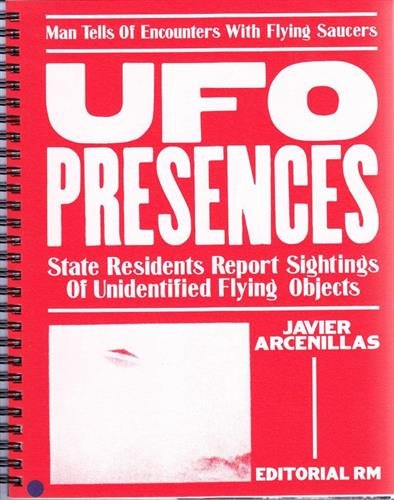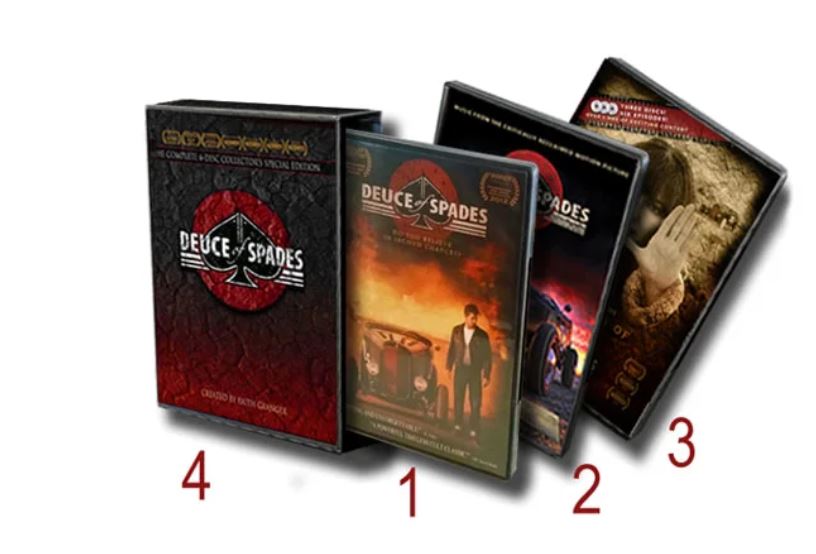
THE COMPLETE 6-DISC COLLECTOR’S SPECIAL EDITION BOX SET INCLUDES:
- The film DVD: Winner of 7 film awards! A period drama set in the 50’s hot rod era. 128 minute runtime, widescreen – all region 24p NTSC – compatible with pal systems. Includes bonus features and Director’s commentaries! Subtitled in 8 foreign languages, including Spanish, French, Italian, German, Finnish, Swedish, Dutch and Danish. Both Stereo and Surround Sound mixes included.
- The film double album soundtrack: Disc One features 19 exciting 50’s tunes from the film, perfect for cruising! Doowop, rockabilly, swing and ballads to keep you company. Disc Two features the haunting music of composer/recording artist FAITH GRANGER (“Alternate Faith”) with short excerpts from the film dialogues, so you can relive those great moments.
- “AGAINST ALL ODDS, THE MAKING OF” 3-discs bonus DVD set: Featuring a disc loaded with DEUCE OF SPADES BONUS FEATURES (8 cast interviews, 13 deleted scenes, the cars of DEUCE OF SPADES, and one very funny blooper reel) and the 2-discs anticipated documentary mini series “AGAINST ALL ODDS, THE MAKING OF DEUCE OF SPADES”. This entertaining, educative and inspiring documentary features never-seen-before behind the scenes footage showing guerilla filmmaker Faith Granger and her cast, in action. Watch the making of some of the key scenes, get up close and personal as the filmmaker shares her amazing journey and ‘tells it like it is’: From horror stories to miracle stories, this is as real as it gets. Special guests include world renouned car celebrity GENE WINFIELD, American Hot Rod foundation curator/historian JIM MILLER, Emmy award winner PATRICK CYCCONE, lead actor Timothy Luke and many more.
- A beautiful color slip case to store and display the above items.
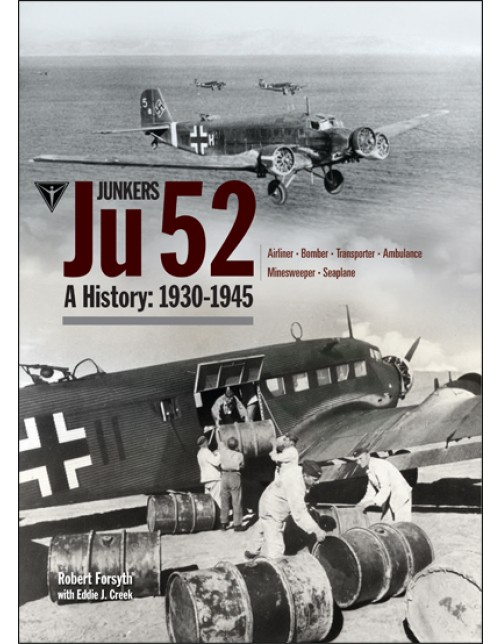
As with the other recent books in this series, this Classic study of the Ju 52 offers the most definitive account published in recent years of this bulwark of the Luftwaffe, which first saw military service in the 1930s and was then engaged in operations in the Spanish Civil War through the end of World War II.
The all-metal, three engine Ju 52/3m enjoyed a solid reputation among its crews and the troops and paratroops who used it and depended on it. It is a machine synonymous with the images of the German attacks on Holland and France in 1940 and Crete in 1941 when hundred of “Tante Jus” were used to drop paratroopers to successfully capture key tactical and strategic areas.
The full history, however, goes back much further. Built as a passenger aircraft for Deutsche Lufthansa, the Ju 52 ranges as far as South Africa, Mozambique, India and Latin America, as well being operated by several other European countries such as Belgium, Equador, Peru and Uruguay. Britain operated several Ju 52s.
The aircraft was first blooded in the Spanish Civil War, where it was pressed into service as a crude, but effective, bomber with the Legion Condor. From then on the Luftwaffe deployed it on every battle front in the West, in the Mediterranean and in the East. An example also flew in Iraq. The Ju 52 served as a stalwart transport, often operating in the most hostile conditions, with ice or dust, lifting men, animals, food, supplies, ammunition, mail, and spare parts vital for German military operations, such as the North African supply routes at Demyansk, Stalingrad and also in the Ardennes in 1944. It was also converted into the ambulance and mine-hunting roles, and was adapted as a seaplane. After the war, the Ju 52 flew on as late as the 1980s, testimony to its strength and reliability.
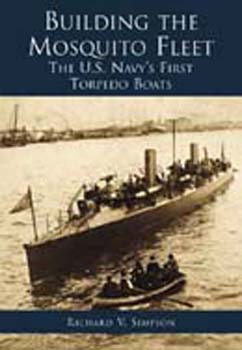
In 1877, the U.S. Navy purchased the fast steam yacht Stiletto from the Herreshoff Manufacturing Company of Bristol, Rhode Island, for “automobile” torpedo experiments in Narragansett Bay. The submarine service was in its infancy, and interest in the self-propelled torpedo as an undersea weapon flourished. Herreshoff’s fast, steam-powered boats were the first of the delivery platforms accepted by the U.S. Navy Department for experiments at the Newport Naval Torpedo Station and service during the Spanish-American War. Dating from the Civil War, the torpedo station on Goat Island in Newport Harbor was the first torpedo armory in the United States, specializing in research, development, and manufacture. Building the Mosquito Fleet: The U.S. Navy’s First Torpedo Boats traces the important and often dramatic history of the involvement between the U.S. Navy and the Herreshoff brothers’ marine yards over a period of more than thirty years. It is a story of enterprise, naval development, and marine manufacturing during a time of experimentation and evolution. Included are dramatic stories of the men who built and tested these dangerous new vessels. This fascinating volume preserves under one cover a concise history of the torpedo boats built by the Herreshoff Manufacturing Company. It describes design and construction innovations introduced by the Herreshoffs and traces the events that led the major navies of the world to take notice of the Herreshoffs’ work.
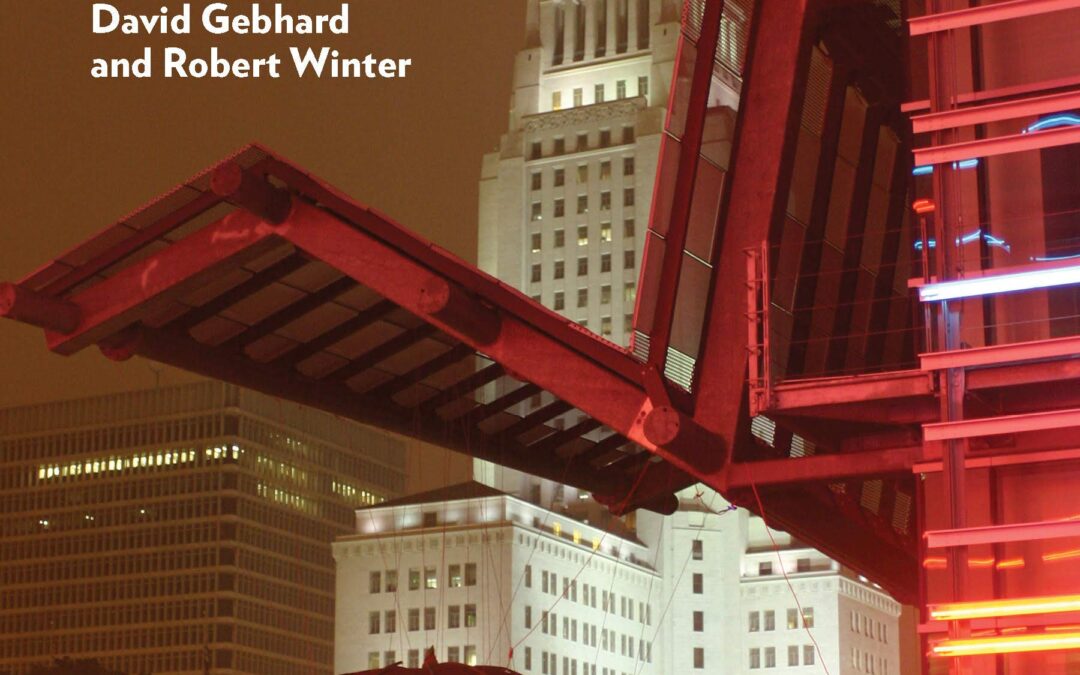
The map may not be the territory, and the word may not be the thing, but this guide is as close as it gets.
Since its first publication by the Los Angeles County Museum of Art in 1965, this seminal vade mecum of Los Angeles architecture has explored every rich potency of the often relentless, but sometimes―as the authors have captured here―relenting L.A. cityscape. Revised extensively and updated rigorously since its fifth edition published in 2003, The Architectural Guidebook to Los Angeles now contains ninety-six sections organized in thirteen geographic chapters, boasting over 200 new additions to over thousands of entries cataloging every crease of Los Angeles County’s metropolitan sheath.
Originally written by leading architectural historians Robert Winter―described by Los Angeles Magazine as both the “spiritual godfather” and “father” of L.A. architecture―and the late, great David Gebhard, the guide has been revised and edited for a sixth edition by award-winning L.A. urban walker and Winter’s trusted collaborator Robert Inman. Nathan Masters, historian and Emmy-award-winning host, producer, and managing editor of KCET’s Lost LA, writes the foreword.
The Architectural Guidebook to Los Angeles, hailed by many as the built L.A. opus, explores the man made structures, gardens, parks, and other physical features of a fulgurous Los Angeles. With singular wit and brio, the authors artfully steward readers through all regions and styles, from the Spanish Mexican Period to Postmodern, American Take-over to High Tech, and Beaux-Arts to Craftsman. Sites covered begin with the missions of Spanish California and end with projects completed in 2017.
Dilettantes and experts, practitioners and students, aficionados and osmotic natives alike: all are blood type-compatible with this rich and peerless Bible for architecture enthusiasts. All of its own ilk, this book is thick and alive with a tone of its own making―and doing. A unique style of writing renders the guide simultaneously funny, tasteful, and historically-comprehensive, all with equal measure. Gebhard and Winter fill in the diegetic blanks with a droll eye. More than a critical reference for the bookshelves of scholars, enthusiasts, and practitioners alike, Architecture in Los Angeles is a faithful snapshot of the city as she lives and breathes.



